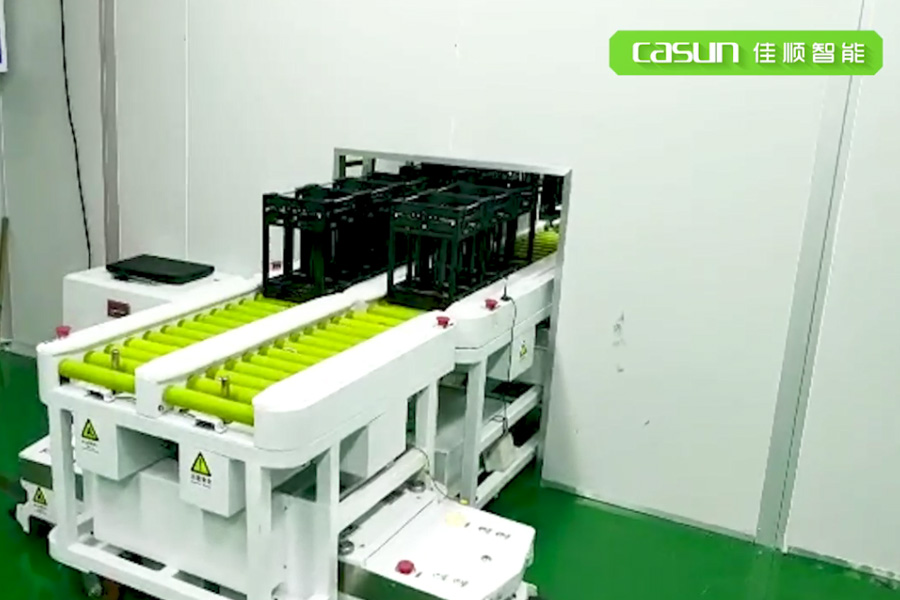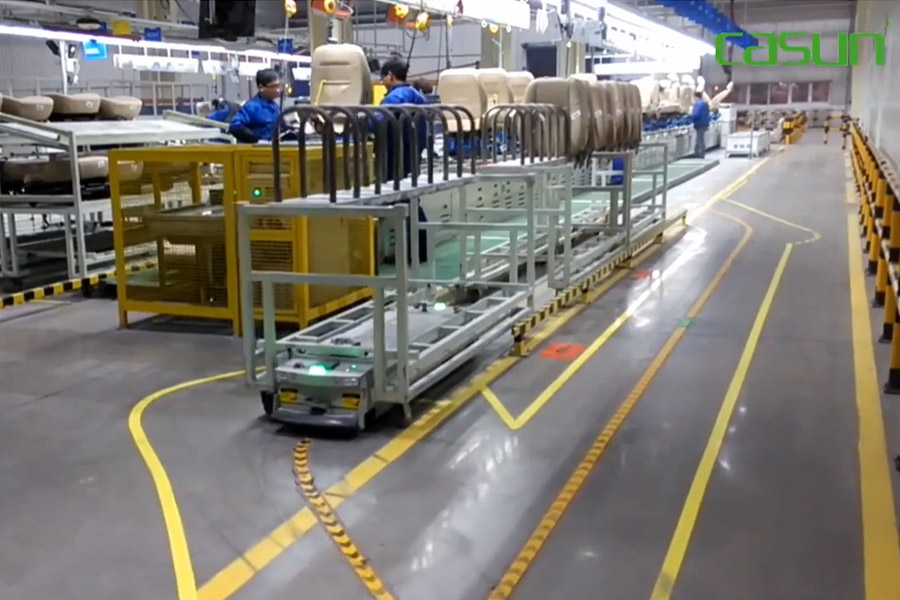Contents
Introduction of new energy lithium battery pack line
New energy lithium battery PACK generally refers to packaging, packaging, and assembly. For example, 2 batteries are connected in series to form a specific shape according to customer requirements, which is called PACK. As a key step in the production, design, and application of new energy lithium-ion battery systems, PACK is the core link connecting upstream cell production and downstream vehicle application.
The battery pack consists of cells, modules, electrical systems, thermal management systems, casings, and BMS. High-quality power battery PACK enterprises need to conduct customized research and development and design of power battery BMS solutions, thermal management, space size, structural strength, etc. based on the individual needs of different car models of car manufacturers.
Battery PACK line process flow
Lithium-ion battery PACK means packaging, packaging, and assembly. The process is divided into three parts: production, assembly, and packaging. PACK is a single component. PACK production lines generally only need to undertake two functions: transmission and testing. At present, various manufacturers generally use semi-automatic PACK assembly lines, which are mainly used for PACK online, off-line, testing, in-plant transmission, and packaging. The lithium battery pack production line is relatively simple, and the core processes include feeding, bracket pasting, electric welding, testing, and other processes.
PACK includes a battery pack, bus bar, flexible connection, protective plate, outer packaging, output (including connector), highland barley paper, plastic bracket, and other auxiliary materials to form PACK.
Difficulties in PACK Line Requirements
Highly customized needs
PACK conducts targeted research and development of different models according to the requirements of OEMs, and has strong customization attributes. Currently, the requirements of various car manufacturers in the market are different, and almost no two car companies have the same modules and production processes. Yes, this also puts more requirements on automated production lines.
High security and high stability requirements
The core difficulty of the power battery system PACK lies in the customized market demand; the high-quality power battery system PACK can be based on the individual needs of different models of car manufacturers, and at the same time, the power battery BMS solution, thermal management, space size, structural strength, system interface, Customized R&D and design of IP level and protection, etc., through the interactive use of various mature technologies, realize the organic combination of each module of the power battery pack, ensure the safety and stability of the core energy storage device cells, and ensure product safety.
The whole line beat control requirements
The whole automatic line beat is the average work time beat of each workstation instead of the traditional assembly line. In the traditional production line, from the completion of the previous workstation to the next workstation, there are always workstations waiting, which wastes the tact and efficiency. The increase in demand for lithium batteries requires production to maintain high tact and efficient production to meet market supply demand. .
low compatibility
In addition to meeting the above hardware configuration and process requirements, high-efficiency automated production lines also need to focus on their compatibility and ‘whole line beat’, and at the same time effectively improve the compatibility and applicability of the power battery system with different models of different manufacturers. It is not fixed, so the incoming batteries, shells, PCB boards, connecting pieces, etc. may change, and the compatibility of the production line is particularly important.
With the rapid growth of the lithium battery industry, leading enterprises have rapidly deployed, increased production capacity, optimized the practice of PAC lines, and actively tried to apply intelligent equipment, robotic arms, collaborative robots, mobile robots, etc., to improve the efficiency of PACK lines.
The reliability and stability of the equipment and the high-precision requirements for process control in the lithium battery manufacturing process, as well as the intelligent processing requirements for production data, force the power battery production line to be automated and intelligently upgraded.
Intelligent power battery PACK line
The battery pack is the core energy source of new energy vehicles. The details of each process are full of technical content, including the customized development technology of the battery management system, thermal management technology, current control, and detection technology, module assembly design technology, and aluminum alloy power battery. Box casting technology, computer virtual development technology, etc.
If PACK companies want to stand out in the future market competition, they must eliminate the traditional assembly process and production methods, because the main customers of the battery vehicle manufacturers will never change the requirements of being safer, more reliable, and more consistent. Automated and intelligent production methods will become an important indicator for car companies to consider PACK companies.
According to the survey and statistics of Autohome in power battery companies and OEMs, the industry average level of automation rate of the module production line is 40%-70%, and the industry average level of automation rate of the PACK production line is about 5%-20%. The automation rate of the lithium battery head enterprise module production line and PACK production line of Jiashun Intelligent Service can reach 95% and 90% respectively, which is much higher than the industry average.
CASUN’s AGV logistics solution
1) The combination of the power conveyor line and the tooling tray is adopted to realize the circulation of the PACK between the stations, and the robot (AGV/AMR) carries the Pack material vehicle to circulate and test and assemble the test station;
2) Signal interaction between mobile robots (AGV/AMR) and manipulators, line-side equipment, MES systems, etc., to realize the process flow of automatic Pack production;
3) Connect with the MES system, order materials independently, and realize the material turnover of the Pack automatic production line;
CASUN’s AGV solution advantage
- 1) High automation: Robots (AGV/AMR) in the production line automatically load, sort, match, screw, weld, assemble, and test. The module line realizes 0 workers (except material personnel), and material transfer is realized by robots ;
- 2) High reliability design: The robot is used for the realization of core functions, with the characteristics of high precision and easy replacement between each station. Combined with the buffer station, it can absorb product fluctuations across the board and improve production flexibility;
- 3) Flexible design of production line: In the case of abnormality in the previous and next processes, the system intelligently puts the products in/out from the transplanting platform automatically according to the process rhythm, and at the same time, the cycle can be greatly shortened during debugging. When the product process is changed, some stations can be replaced to realize process switching;
- 4) Stability design: a large number of robots improve the level of automation and stability, such as cell sorting, shell insertion and other fast and key parts;
- 5) MES system: MES data management system runs through the entire factory production process, leading the management and control at all levels of the entire production process, and traces the production process parameters, quality status, material conditions and other refined control;

